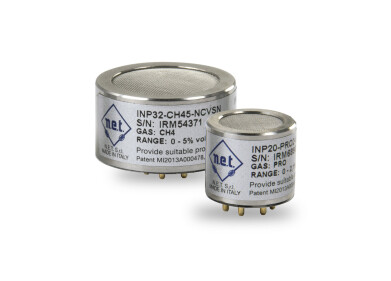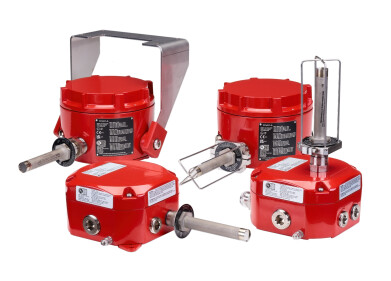-
 An independent report has found that the oil leak from an ExxonMobil pipeline was due to a manufacturing fault
An independent report has found that the oil leak from an ExxonMobil pipeline was due to a manufacturing fault
Safety
Pegasus pipeline rupture due to 'manufacturing fault'
Jul 18 2013
The ruptured Pegasus pipeline that led to an estimated 150,000 gallons of crude oil spilling into the residential area of Mayflower, Arkansas, was caused by a manufacturing fault, an independent report has found. The spill in May of this year was caused when a 22 foot gash opened up in a section of the pipeline that was built in the 1940s.
The manufacturer of the pipe is no longer operating, but is responsible for the leak the leak that led to the evacuation of the residential area. The section of ExxonMobil's pipeline that broke was sent for independent testing at the Hurst Metallurgical Laboratory, Texas. Following the testing, an ExxonMobil spokesperson announced that the cause of the rupture was found to be manufacturing defaults that occurred during the pipes original construction.
According to the ExxonMobil spokesperson, the report - which has not yet been made public - denotes the cause of the break to be hook-shaped cracks that had formed along the seams of the pipeline. These cracks were not caused by corrosion, but by an old welding technique. According to the Wall Street Journal, this welding technique is no longer used during pipe manufacture, but due to its previous usage in the industry it continues to affect vast amounts of pipeline throughout the US.
The Pipeline and Hazardous Materials Safety Administration (PHMSA) website describes the hook-shaped cracks as often being associated with electric resistance welding. This is an older welding technique that was stopped being used for the manufacture of pipelines in the 1970s. However, before this time it was a prevalent welding technique, meaning that many of the underground pipelines throughout the US were made using this technique. Other pipe ruptures, for oil and other liquid fuels, have been related to this form of welding.
ExxonMobil also said that the report found that the pipe had only limited flexibility, which is another cause of the oil spill and is also a manufacturing fault. Although the 22 foot section of ruptured pipe was built 60 years ago, it withstood and passed high pressure testing in 2006. Further testing was performed in 2010 on the interior of the pipeline, which it also passed.
Digital Edition
PIN 25.6 Buyers' Guide
January 2025
Buyers' Guide Directory - Product Listings by Category - Suppliers Listings (A-Z) Articles Analytical Instrumentation - ASTM D7042: The Quantum Leap in Viscosity Testing Technology -...
View all digital editions
Events
SPE Hydraulic Fracturing Technology Conference and Exhibition
Feb 04 2025 The Woodlands, TX, USA
Feb 05 2025 Guangzhou, China
Trinidad and Tobago Energy Conference 2025
Feb 10 2025 Point Lisas, Trinidad
Feb 11 2025 Lagos, Nigeria
Feb 13 2025 Manama, Bahrain


















